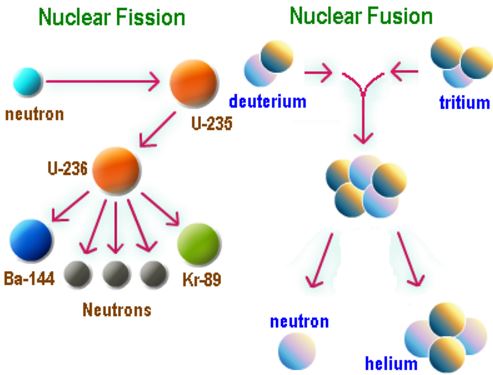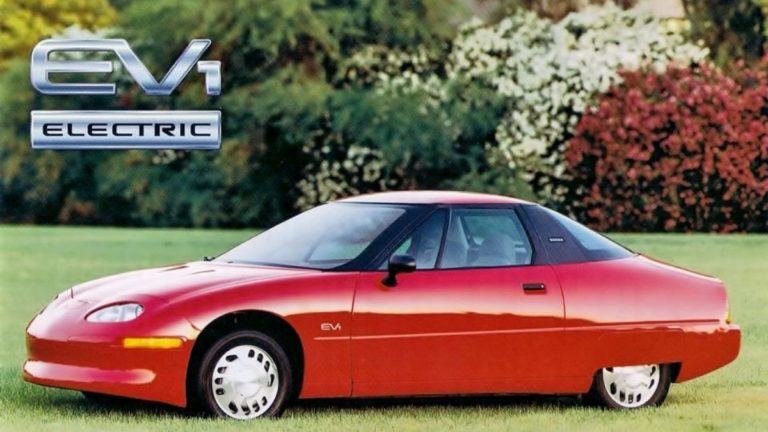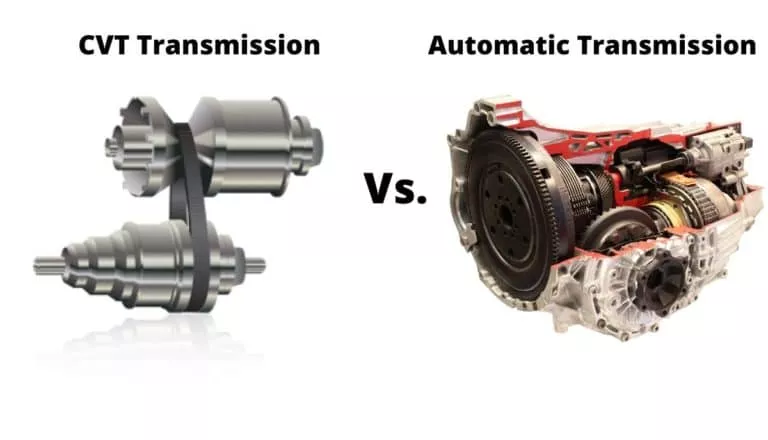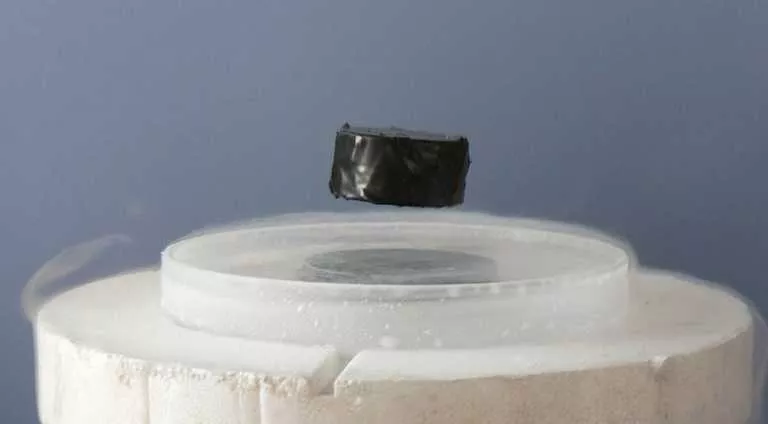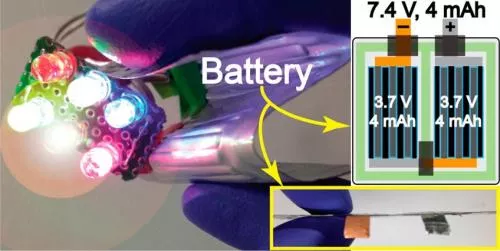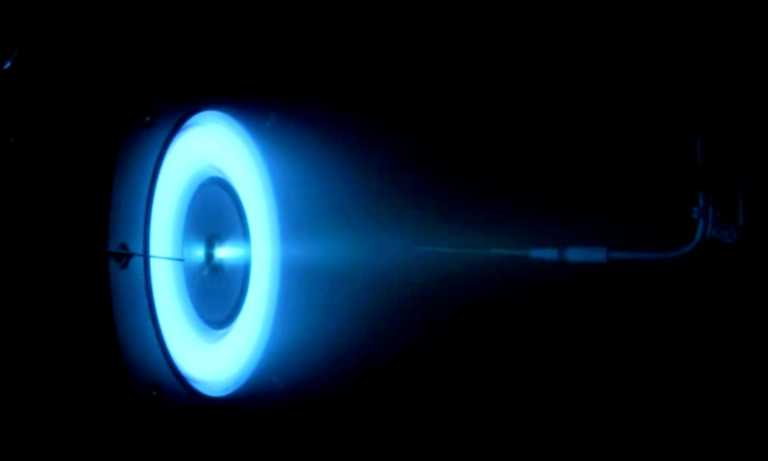Why Germany’s Largest Nuclear Fusion Machine Could Be The Ultimate Solution To Energy Crisis
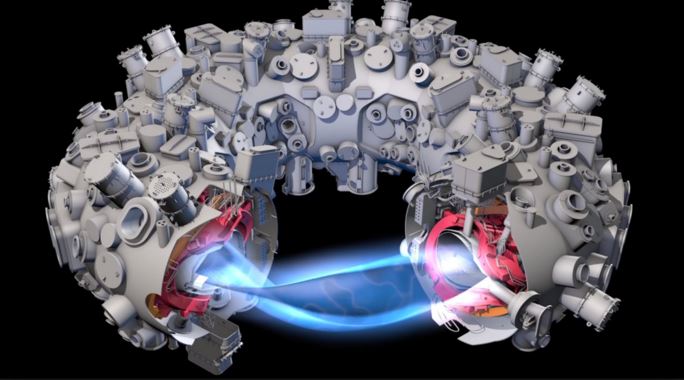
 Short Bytes: Germany has fired up the eccentric new fusion reactor and with that our hope of achieving boundless clean energy. But what goes into the construction of one of the largest nuclear fusion machine- Wendelstein 7-X stellarator is nearly 2 decades of unimaginable dedication, tough challenges and €1 billion.
Short Bytes: Germany has fired up the eccentric new fusion reactor and with that our hope of achieving boundless clean energy. But what goes into the construction of one of the largest nuclear fusion machine- Wendelstein 7-X stellarator is nearly 2 decades of unimaginable dedication, tough challenges and €1 billion.
But what goes into the construction of one of the largest nuclear fusion machine- Wendelstein 7-X stellarator is nearly 2 decades of unimaginable dedication, tough challenges and €1 billion.
You might be wondering why just nuclear fusion reaction and not nuclear fission one?
Well, one could define nuclear fusion reaction as the one which occurs when atoms fuse together at an incredibly high temperatures and generate energy. However, a nuclear fission reaction is the process in which a large nucleus splits into two smaller nuclei with the release of energy. But the differentiating factor being that unlike nuclear fission, (which is extensively employed in today’s nuclear power plants), nuclear fusion also doesn’t produce any radioactive waste, and hence is a lot safer. This reaction has an enormous potential of producing an almost-unlimited supply of energy from little more than salt water. This is the same process that’s fuelled our Sun for the past 4.5 billion years, and is predicted to continue doing so for another 4 billion years. And hence, scientists are highly optimistic of application of this reaction.
Also read: Boeing Patents Laser and Nuclear Fusion Powered Jet Engine
But all such wonderful experiments comes at a great cost. Constructing a device that can produce and control a 100-million-degree-Celsius blob of plasma was not easy. They found the key to controlling plasma as using superconducting magnets, and scientists have already built several working doughnut-shaped fusion reactors known as tokamak reactors. However, there lies a huge problem with them too! They can only maintain plasma for a maximum of 6 minutes and 30 seconds at a time, which isn’t long enough to harvest significant energy.
One of the supreme challenges was to heat and hold the gas at 100 million degrees Celsius, which a normal vessel cannot contain of course. Hence, as a remedy, it was held in a magnetic cage. A current-carrying wire wound around a tube creates a straight magnetic field down the center of the tube. This draws the plasma away from the walls. Plasma is an intensely hot blobs of Helium gas. Now the particles that tend to escape at the end could be refrained from doing so by bending the tube into a doughnut-shaped ring, or torus, creating an endless track. But one major problem with torus shaped tube is that the imbalance of having a stronger magnetic field inside the hole of the torus and weaker magnetic fields towards the outer ring causes the particles to drift off course and hit the wall. A possible solution would be to add a twist that forces particles through regions of high and low magnetic fields, so the effects of the two cancel each other out.
In drawing a comparison between tokamaks and stellarators, one could always say that tokamak is better at holding on to a plasma. Tokamak, which was invented by Sovient Union roughly around 1950s, consists of a twist from within. In a tokamak, a design invented in the Soviet Union in the 1950s, the twist comes from within. Tokamaks use a setup like an electrical transformer. This is primarily done to induce the electrons and ions to flow around the tube as an electric current, which produces a vertical looping magnetic field that, when added to the field already running the length of the tube, creates the required spiraling field lines. Also, a tokamak’s symmetry gives particles smoother paths to follow. The major drawback in tokamaks, being that as a transformer can drive a current, in the plasma only in short pulses that would not suit a commercial fusion reactor. Current in the plasma can also falter unexpectedly, resulting in sudden losses of plasma confinement that can unleash magnetic forces powerful enough to damage the reactor. In stellarators, there is no plasma current to suffer disruptions as fields come entirely from external coils, which don’t need to be pulsed.
Anderson said,
Optimization of design strategies for defining the shape of the magnetic field that best confine the plasma, and thus design set of magnets to produce the field. That takes considerable computing power, and supercomputers weren’t up to the job until the 1980s. In fact, the first attempt at a partially optimized stellarator, dubbed Wendelstein 7-AS, was built at the IPP branch in Garching near Munich and operated between 1988 and 2002, which broke all stellarator records for machines of its size. Another sincere attempt was made in 1993 when researchers at UW Madison set out to build the first fully optimized device which gradually led to the working of a small machine called the Helically Symmetric Experiment (HSX), in 1999.
Also Read: Scientists Code the First Complete Tree of Life with 2.3 Million Species
David Gates, head of stellarator physics at PPPL said,
By 2003, almost a third of the magnets produced by industry failed in tests and had to be sent back. The forces acting on the reactor structure turned out to be greater than the team had calculated. So construction of some major components had to be halted for redesigning. During the years 2003 to 2007, civil servants in the research ministry fought hard for the project; finally, the minister allowed it to go ahead with a cost ceiling of €1.06 billion and first plasma scheduled for 2015 and after 1.1 million construction hours, tests with electron beams showed that the magnetic field in the still-empty reactor is the right shape.
In its first run, the machine was filled with helium – a non-reactive gas – heated with a laser to around 1 million degrees Celsius and this plasma was maintained for around one-tenth of a second.
Hans-Stephan Bosch, who led the team, said:
Germany’s nuclear regulators are expected to give their approval by the end of this month. There yet lies one big challenging situation when W7-X is full of plasma and researchers finally see how it holds on to heat.The next step will be to increase the duration of helium plasma discharges, with the ultimate goal of building them up to 30 minutes in length. In January, the scientists will start trying to produce plasma from hydrogen, which is what would be used in a functioning nuclear fusion machine.
This device is a brilliant application of the stellarator concept. Scientists are hoping to build next generation stellarator that will redefine our dependence on rapidly depleting fossil fuels. This might mark the beginning of alternate sources of energy for fossil fuel-one of the most trending topics among scientists past decades now.
Do you feel this would be the ultimate key to alternate energy sources? Tell us in the comments below.
Sources: news.sciencemag.org
[adinserter block=”12″][adinserter block=”13″]

